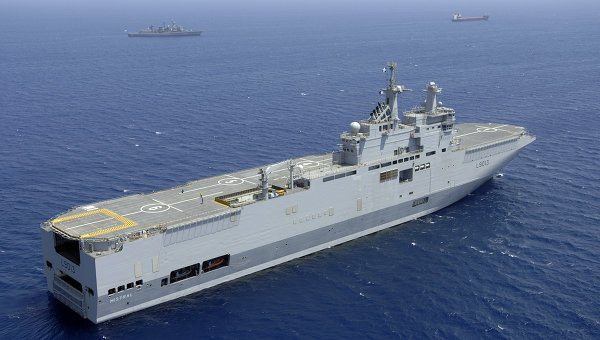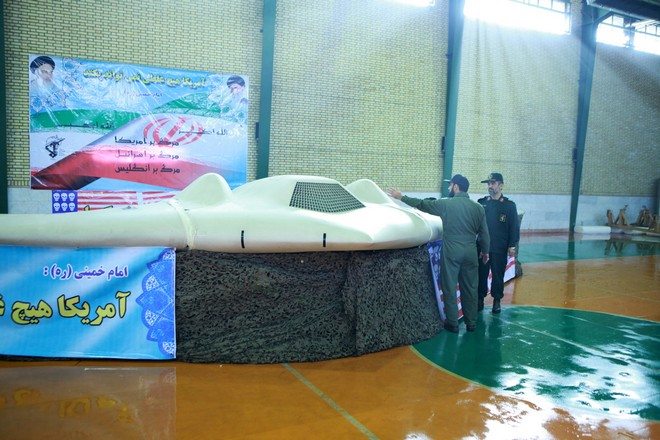The design for the BPC-type force projection and command vessels ordered by the Russian Federation is now underway. DCNS, prime contractor for the programme, has begun studies to tailor the vessel design to the specific requirements of the Russian Navy. Signed in June 2011 with Russian defence export agency Rosoboronexport, the BPC contract with Russia is DCNS’s first international success with the BPC platform.
The contract came into effect when Russia made the first advance payment at the beginning of November. It calls for delivery of two Mistral-class force projection and command vessels, also known as landing helicopter docks or LHDs, to Russia. It also includes related services (initial logistics, training, etc.) and a transfer of technologies.
The programme is now underway with design studies to tailor the vessel to Russia’s specific requirements. The two BPCs will be largely identical to the Mistral/BPC-type vessels operated by the French Navy. However, some design changes will be necessary to meet the customer’s needs.
The Russian version will be adapted to accommodate Kamov twin-rotor helicopters, and the two ships will be equipped with specific systems including anti-ice protection of part of the flight deck to cope with extremely cold conditions. The electrical systems will also be adapted to meet Russian standards.
Following the design phase, construction will begin in the first half of 2012 at STX France’s shipyard in Saint-Nazaire (France). Under the contract with Russia, DCNS will act as prime contractor for the two vessels and will also integrate the operations direction and communications suite. STX has in turn signed a subcontract agreement with OSK to allow the involvement of Russian shipbuilders.
The first ship will be delivered to Russia in 2014, three years after the effective date of the contract, and the second will be delivered in 2015.
From the outset, the BPC was designed by DCNS as a multirole vessel to meet the needs of navies around the world, and the vessel is suited to a wide range of civilian and military missions.
With a length of 199 metres, a displacement of 22,000 tonnes and a speed in excess of 18 knots, BPCs offer a global projection capability for troops and materiel, including heavy helicopters and landing craft. They also offer ample capacity as hospital ships or for large-scale humanitarian missions. The design features electric propulsion using azimuth pods and high-level automation compatible with a reduced complement of 170. In addition, a high-performance communications suite makes the type ideal as a naval force command vessel.
The first two BPCs, Mistral and Tonnerre, were built by DCNS and STX France and delivered in 2006 and 2007 respectively. The third-of-type Dixmude, ordered by France’s DGA defence procurement agency in 2009, is under construction by DCNS and STX France and will be delivered to the French Navy in early 2012.
DCNS is a world leader in naval defence and an innovative player in energy. The Group’s success as an advanced technology company with global reach is built on meeting customer needs by deploying exceptional know-how and unique industrial resources. DCNS designs, builds and supports surface combatants, submarines and mission-critical systems and equipment incorporating the most advanced technologies. The Group employs 12,500 people and generates annual revenues of around EUR 2.5 billion.











